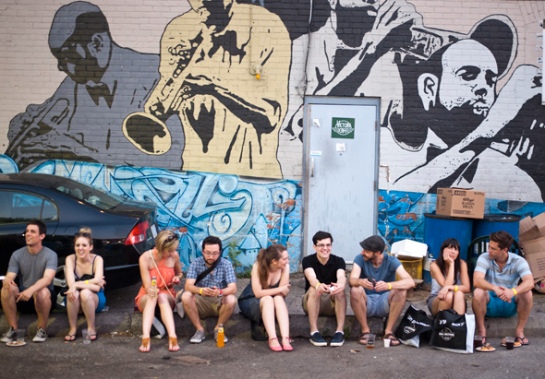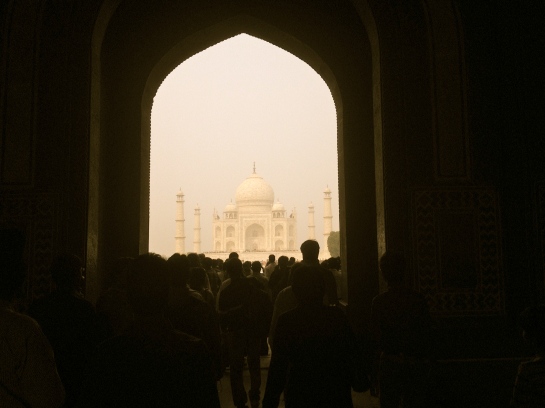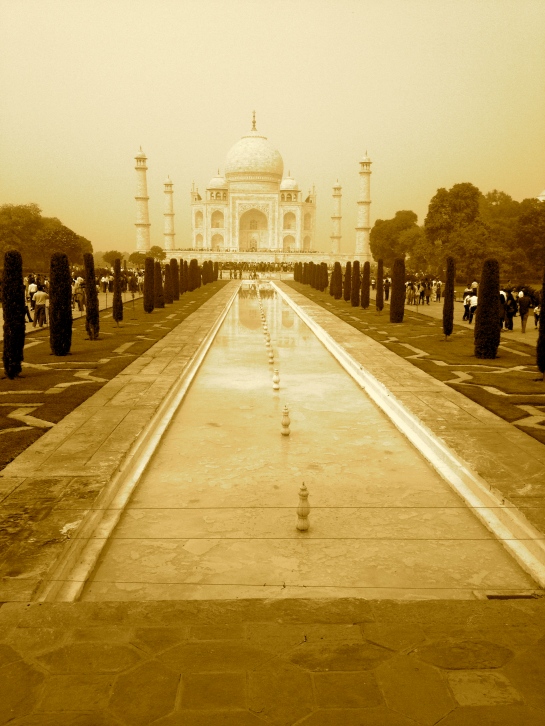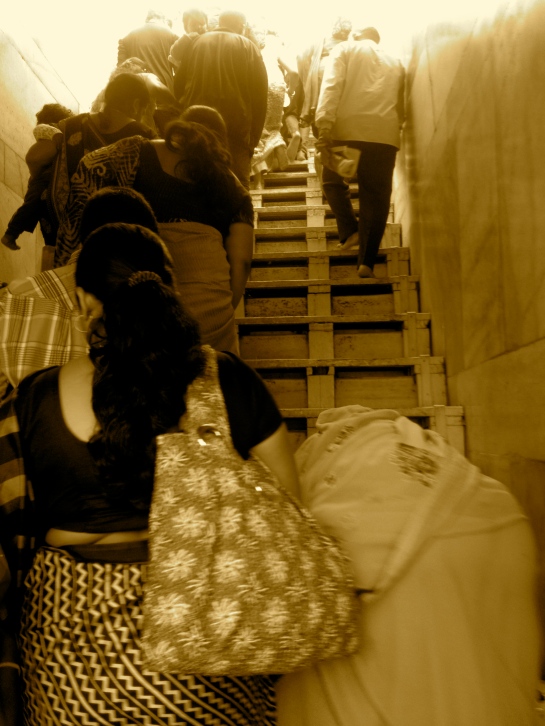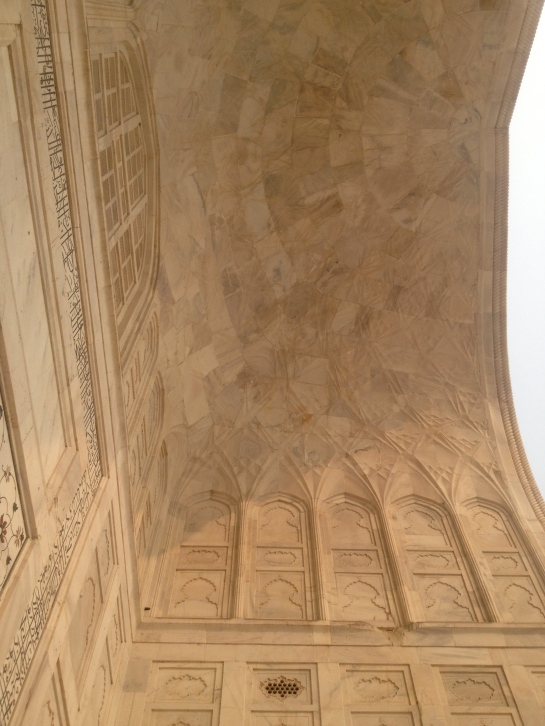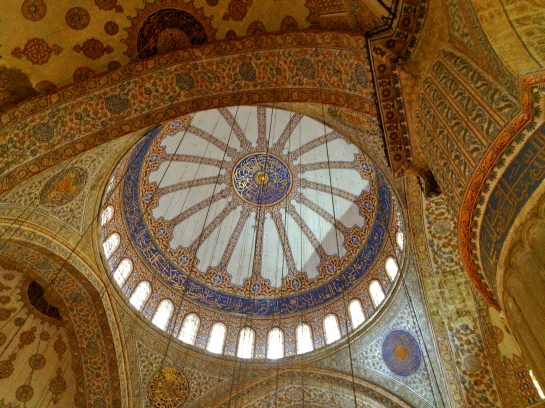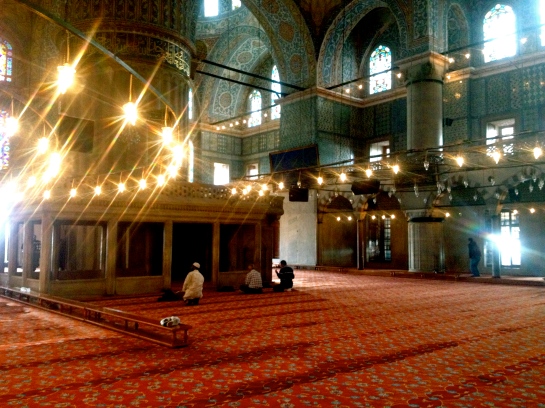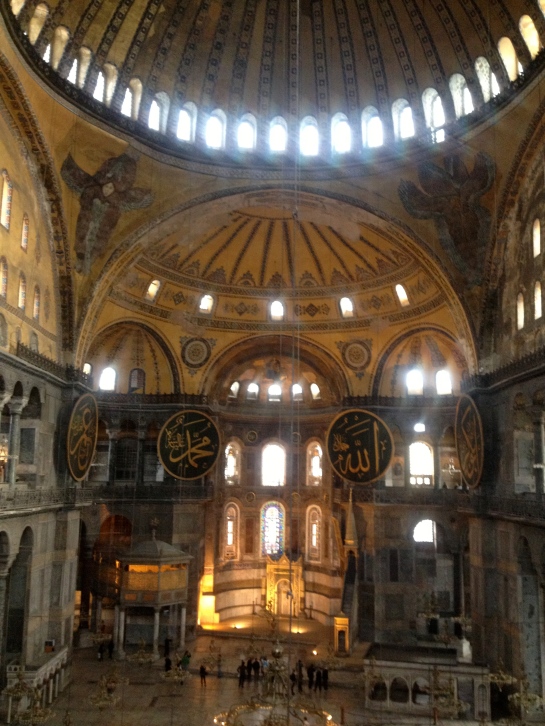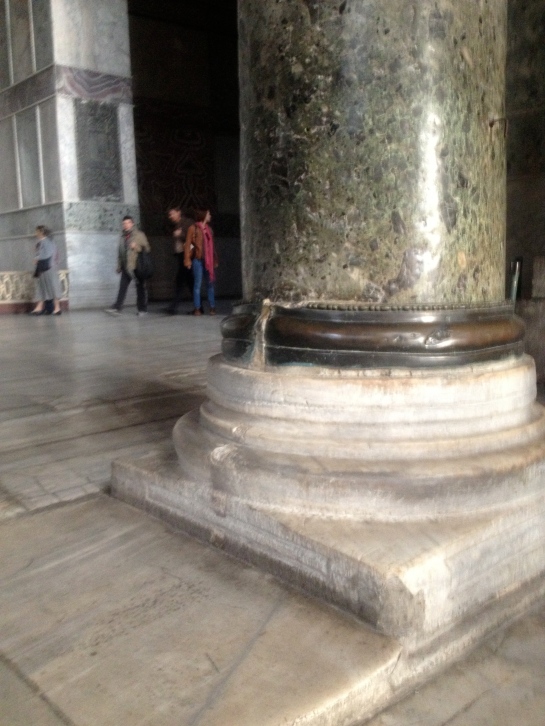 The Millennial Generation (born between 1980 – 2000) believes in beauty in design and architecture. They skirt the windswept modern plazas to seek out cities with secret courtyards and rooms, such as this 12th century university centre in the walkable neighbourhood of Hauz Khas, New Delhi, India.
The Millennial Generation (born between 1980 – 2000) believes in beauty in design and architecture. They skirt the windswept modern plazas to seek out cities with secret courtyards and rooms, such as this 12th century university centre in the walkable neighbourhood of Hauz Khas, New Delhi, India.
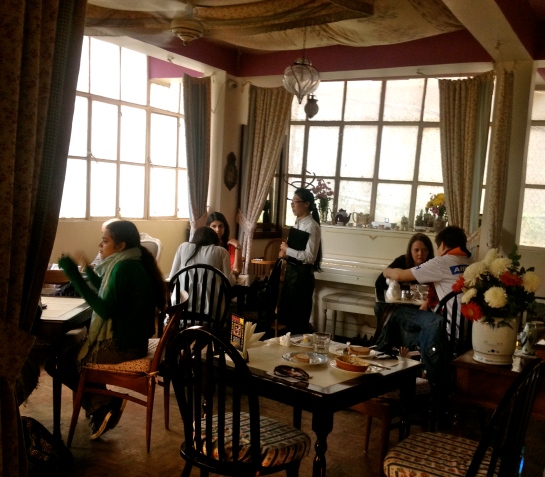 One of the cafes (actually it’s a tea salon) preferred by the Millennial Gen in Hauz Khas, New Delhi.
One of the cafes (actually it’s a tea salon) preferred by the Millennial Gen in Hauz Khas, New Delhi.
 It’s possible to spot Milly-Gen neighbourhoods in cities around the world. Watch for cultural fusion and art that’s part of streetlife, not sequestered to institutions. In Istanbul, eclectic vintage stores are layered next to antique jewellers next to architecture studios in Tophane district across the river from the ancient Hagia Sophia. Even the heaps of garbage on the sidewalk are artful.
It’s possible to spot Milly-Gen neighbourhoods in cities around the world. Watch for cultural fusion and art that’s part of streetlife, not sequestered to institutions. In Istanbul, eclectic vintage stores are layered next to antique jewellers next to architecture studios in Tophane district across the river from the ancient Hagia Sophia. Even the heaps of garbage on the sidewalk are artful.
 The Milly-Gen tends to be well-travelled and well-educated. They’re foodies with a love of eclectic, locally-grown dishes that pull on old traditions. This fresh Istanbul breakfast served in a neighbourhood transitioning from strict Muslim…
The Milly-Gen tends to be well-travelled and well-educated. They’re foodies with a love of eclectic, locally-grown dishes that pull on old traditions. This fresh Istanbul breakfast served in a neighbourhood transitioning from strict Muslim…
